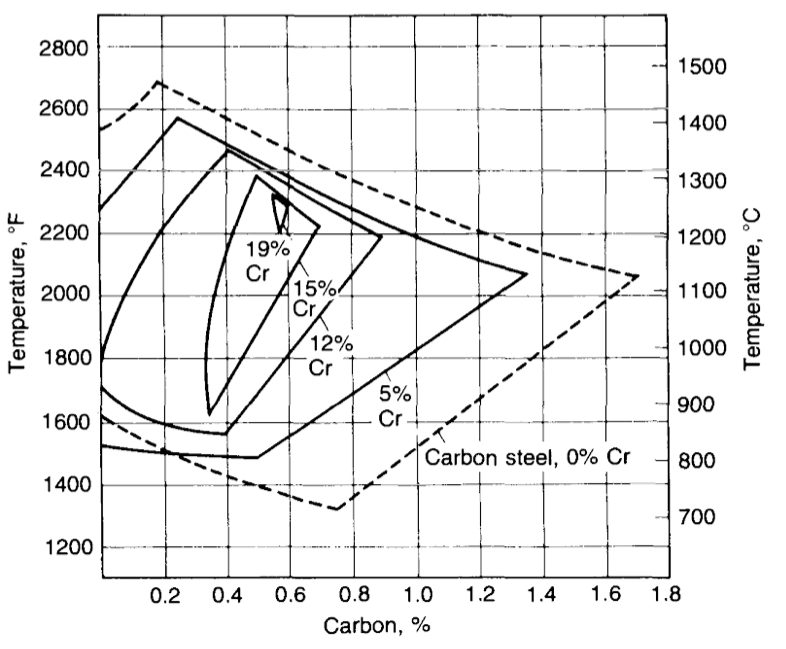Larrin
Knifemaker / Craftsman / Service Provider
- Joined
- Jan 17, 2004
- Messages
- 4,844
New article about how niobium improves a range of steel properties like wear resistance, toughness, corrosion resistance, etc. And why we need to convince the steel companies to make more of them. https://knifesteelnerds.com/2019/02/18/niobium-alloyed-knife-steels/



